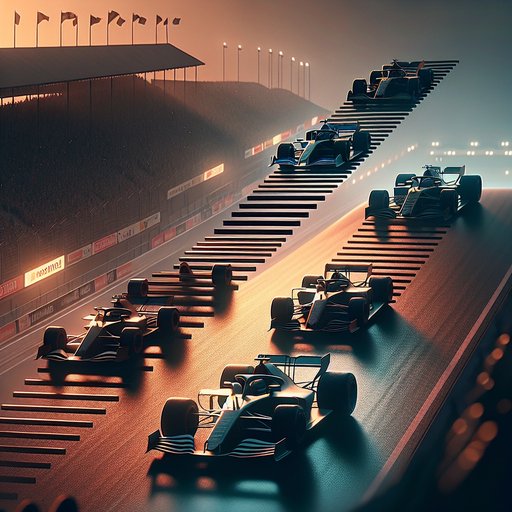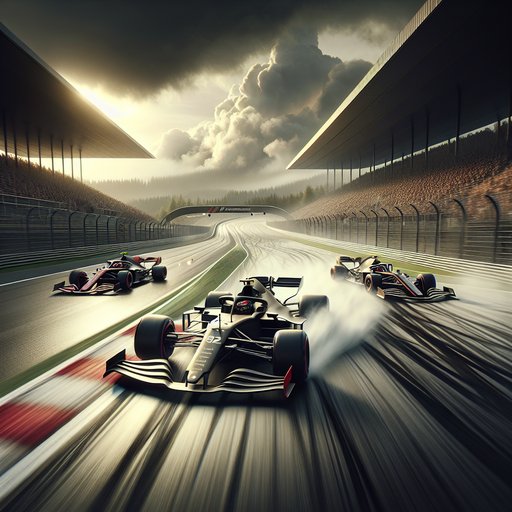
Modern single-seater racing is built around a clearly signposted ladder: FIA Formula 4 at the base, then Regional or FIA Formula 3, on to FIA Formula 2, and finally Formula 1. Over the past few seasons this pathway has tightened, with defined technical rules, super licence points, and shared race weekends aligning driver development with F1’s professional standards. In 2024 alone, the new F2 car debuted, FIA F3 crowned Luke Browning as champion, and drivers like Oliver Bearman and Andrea Kimi Antonelli illustrated how results, academy backing, and opportunity combine to accelerate progress. Understanding how young drivers move between these rungs explains not just who arrives in F1, but why they are equipped to stay there.
Read more …























